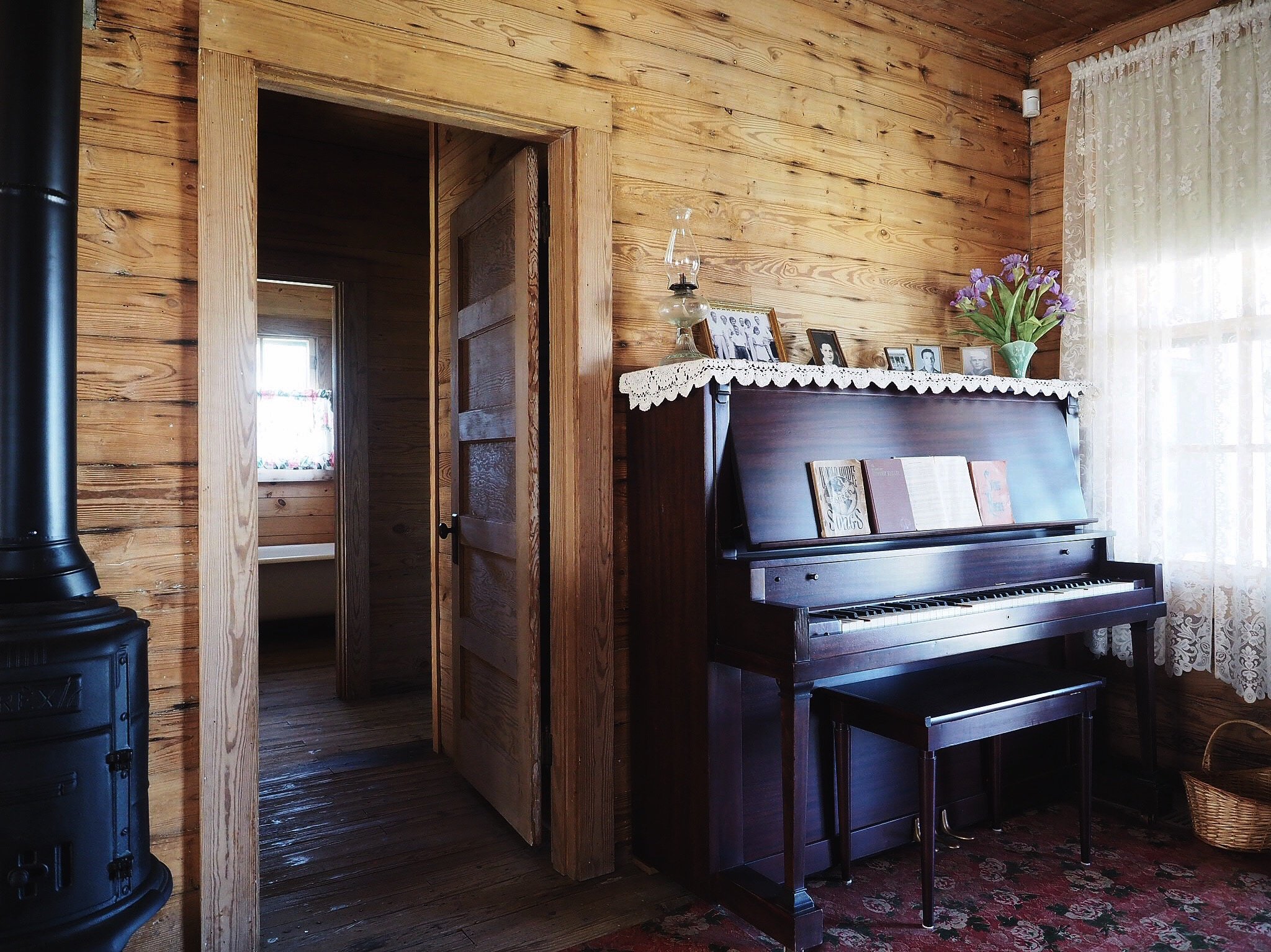Southern Gems: Dyess & Memphis
Every once in a while, life unfolds an elusive moment; it loosens its grip on time, and lets you sink into the beauty of the now, with neither a pull from the past, nor a draw of the future. These are the type of moments filled with pure happiness. Moments that imprint themselves to your mind, so vividly that by the time they have passed, you see them as unforgettable glimmers, making up the patchwork of who you are.
As we continued to crisscross through different states, we arrived in Arkansas, where wide cotton fields appeared suddenly from outside my window, like new-fallen snow sprinkled throughout the horizon. The sight was far too mesmerising to simply drive by, tempting us to veer off and jump out for a closer look. The sun was high, and the fields were vast, with the cotton in the distance shimmering. Before leaving, I made sure to pick a stem or two, as I found myself collecting yet another one of 'those moments'.
Pressing on, we headed towards Dyess, population 376. Whilst we drove ever so slowly through this sleepy town with our windows rolled down, I kept my eyes peeled for a white house with green shutters — the humble, lonely abode which the Man in Black, Johnny Cash, once called home. In a flash, the lovingly named Johnny Cash Boyhood Home appeared cheerfully. We park in a dusty gravel patch beside the property, and as I walked closer to the home, I became dewy-eyed. After all, this house represents the place where Johnny Cash described as being key to his development, and it felt like a true honour visiting here.
Johnny Cash was only 3 when his parents moved into this house, plonked amongst 20 acres of farmland. The Cash family then sold the house in 1954, where it was then passed from family to family, until the Arkansas State University purchased it in 2011. Calling upon the childhood memories of the two youngest Cash siblings, Joanne and Tommy, the home has since been restored and furnished as it was when the Cash family lived there. And ever since, the doors of Johnny Cash's childhood home have been open to the public, attracting many of his fans from around the world to step inside, including myself.
By now it was clear that we had truly arrived in the South, and I was more than ready to surrender to all the happenings and history that it had to offer. With that, we continued on to Memphis, a city on the Mississippi River in southwest Tennessee.
All you need to do to get a sense of the depth of Memphis’ enduring music culture is to stroll down Beale Street. We visited here one evening expecting the two things it's most known for — blues and barbecue. Both of these things came in abundance, and then some. Look up and you'll see elaborate neon signs advertising blues and jazz clubs, where live music spills out on to the street day and night. Look down and you'll notice the Brass Note Walk of Fame, a tangible embodiment of the many talented musicians who had put Memphis music on the world map, including B.B. King, Otis Redding and Elvis Presley. We didn't bother taking photos that night, but made a point to return early the next morning. Surprisingly the street was empty, as if it was an entirely different place all together, but appealing, all the same.
During our second and last day in Memphis, we decided to dedicate an entire morning to visit the National Civil Rights Museum, and even then, it didn't feel like it was long enough. The museum itself is built around the Lorraine Motel, where Martin Luther King Jr. was assassinated in 1968. The self guided tour offers collected artifacts, films, and interactive displays which takes visitors through five centuries of history — from the beginning of the resistance during slavery, all the way to the seminal events of the late 20th century that inspired people to stand up for equality.
You can prepare yourself for what you’ll see here, just as I did, but rest assured you'll be mentally walloped by the time you walk out. The whole experience for me felt like diving right into the heart of the civil rights movement, looking at it straight in the eye, acknowledging it, feeling it, learning from it, and gaining a deep, loving appreciation for all of those who paved the way.












